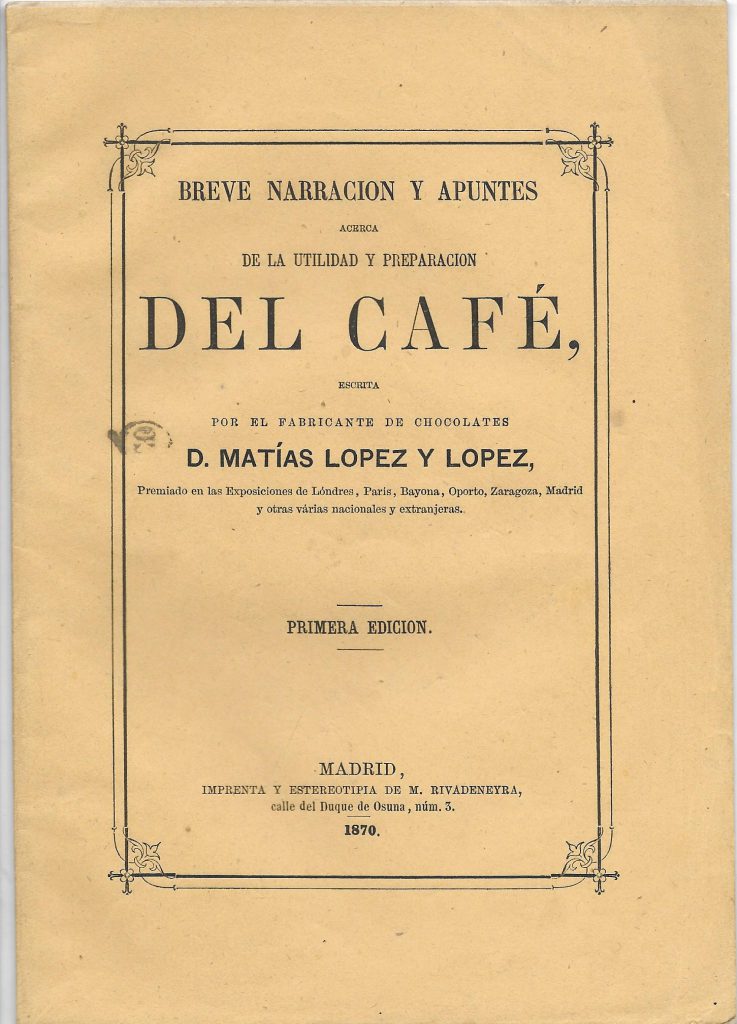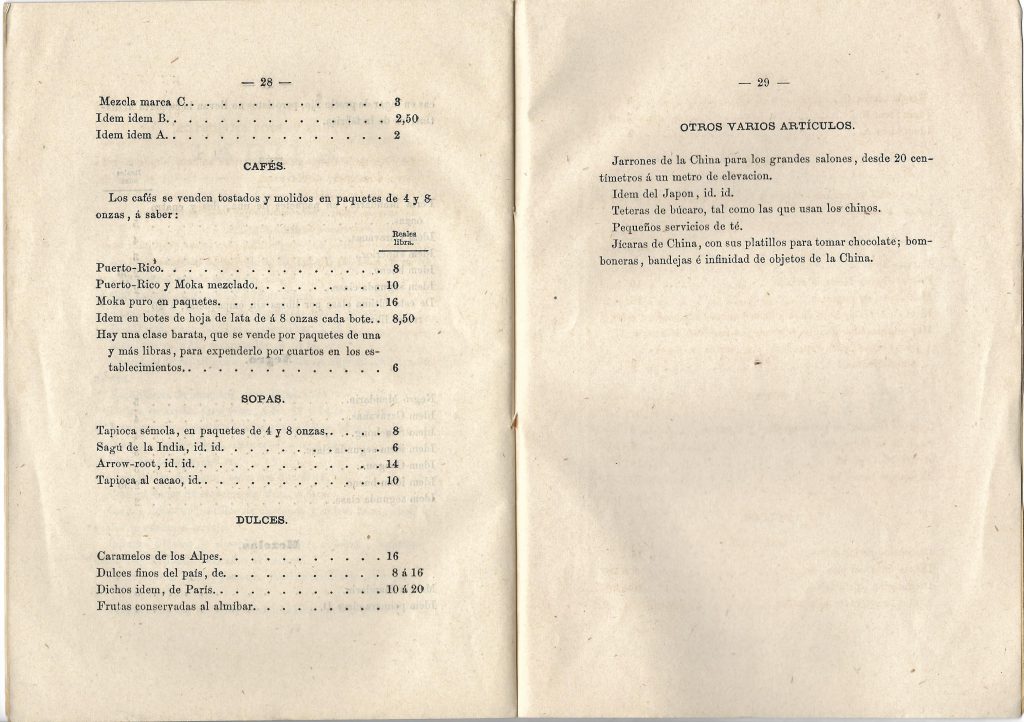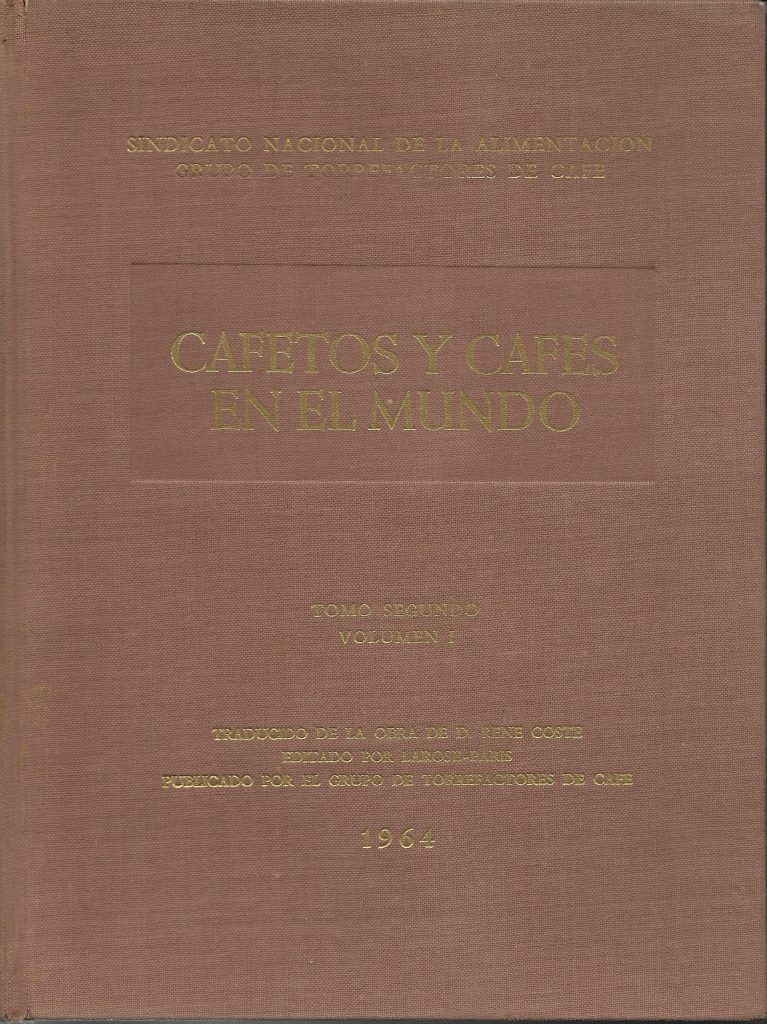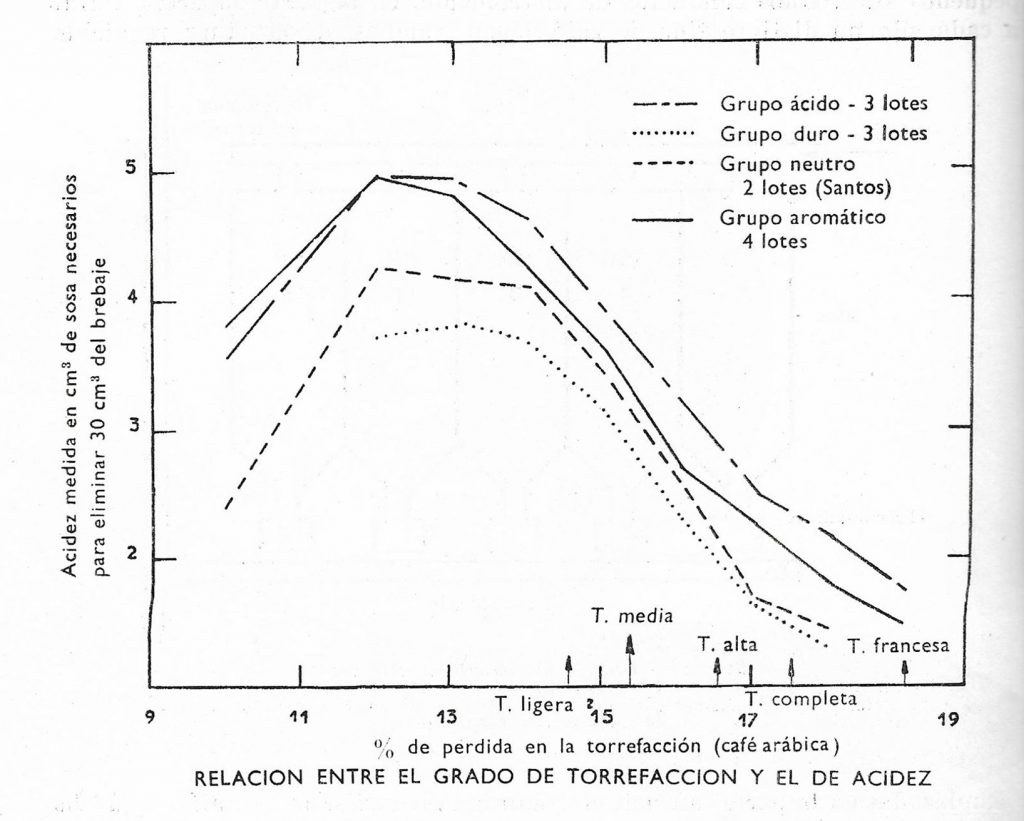(English version below)
Leyendo el nuevo libro de Maxwell Colonna-Dashwood Coffee Dictionary llegó en la página 218 a la descripción de lo que venimos llamando «Third Wave» y leo que fue acuñado por «el experto de la industria Trish Rothberg y ha sido ampliamente explorado por otros. El término es básicamente para USA pero las ideas detrás del concepto que describe una aproximación cambiante al café, pueden ser aplicadas a culturas alrededor del mundo.
La primera ola fue la comercialización del café, mayormente definida por un mercado masivo de café instantáneo.
La segunda ola fue la emergencia de las grandes cadenas de cafeterías que hoy copan las calles más importantes de las grandes ciudades, como Starbucks».
Me doy cuenta de lo incómodo que me siento con esta descripción como europeo, tostador y amante de la historia del café y me pregunto si todos estos nuevos baristas, microtostadores y propietarios de coffeeshops que surgen en Europa hoy y que se apuntan al concepto Third Wave conocen cuales son las dos olas anteriores o se autodenominan así porque queda bien, es moderno, les hace formar parte de una tribu y está escrito en inglés. Yo, por supuesto, no estoy en esta línea de pensamiento.
La cultura europea del café nada tiene que ver con «un mercado masificado de café instantáneo» excepto para los países anglosajones.
A mí me parece que el invento de la Sra. Melitta Benz o del Sr. Alfonso Bialletti cuyas cafeteras inundaron la inmensa mayoría de las casas europeas si son dignas de figurar en la historia del café como un cambio radical en la forma de preparar fácilmente la bebida contribuyendo decisivamente a incrementar el consumo de café en los hogares. En la restauración, sin duda, la fabricación de las máquinas espresso en cadena las lleva todos los rincones del mundo poniendo de moda tomar café en cualquier momento recién hecho.
Yo me siento heredero de la cultura europea del café ,que se puede ver y sentir, los bellísimos cafés de Trieste; en los cafés vieneses de Freud, Zwieg o Musil; del madrileño Café Gijón de Ramón y Cajal, Garcia Lorca o Cela, o el barcelonés Els Quatre Gats de Ramon Casas, Picasso o Puig i Cadafalch; de los cafés de Paris donde se urdió la Revolución Francesa o en aquellos donde se reunían Sartre, De Beauvoir, Picasso, Gide y tantos y tantos otros cafés a lo largo y ancho de Europa donde se hacía política, arte y liberalismo. Reconociendo la contribución de algunas grandes cadenas, yo me siento más afín culturalmente a lo anterior.
Para poder abastecer a todos estos lugares había importadores en Hamburgo, Bremen, Trieste, Barcelona, Le Havre… Y sí, viajaban y traían cafés que tenían también denominaciones de origen y escribían libros y creaban centros de estudio. ¿Conocéis a René Coste? En los años veinte viajó por África donde contrajo la malaria y escribió un increíble libro en tres volúmenes sobre el café que publicó a finales de los 50, fue Director General del Instituto Francés del Café y del Cacao embrión del CIRAD. ¿Philippe Jobin? viajó por todo el mundo y escribió Les Cafés Produits dans le Monde. El italiano Leonida Valerio del que no he podido encontrar biografía con su Café e Derivatti publicado en 1927, química, curvas de tueste, máquinas de espresso. También todos somos sus herederos y no merecen ser olvidados, antes al contrario.
 Caffè e Derivati 1927
Caffè e Derivati 1927
Ya en 1927 se estudia la relación entre las sustancias que se forman y las que se volatilizan durante la acción del calor en el tueste.
En definitiva, explicar la historia mundial del café con estas tres «waves» seria como explicar la historia de la cocina por lo que se ha comido y cocinado en USA o Inglaterra.
Matías Lopez y Lopez 1870
Cafés en venta en Madrid en 1870, pág 28 ya en 1870 se vendía café de origen en Madrid
Cafetos y Cafés 1924
Torrefacción y acidez, ya en 1924 se evaluaba la relación entre el grado de tueste y la acidez.
Referencia de los libros escaneados:
1 “Breve Narración y Apuntes acerca de la Utilidad y Preparación del Café”
autor: D. Matías Lopez y Lopez, 1ª edición 1870, Madrid.
(Premiado en las Exposiciones de Londres, Peris, Bayona, Oporto, Zaragoza, Madrid y otras varias nacionales y extranjeras)
2 “Caffè e Derivati” Manual Hoepli. Industrie – Comercio – Usi – Sfruttamenti Nuovi e Razionali.
autor: Leonida Valerio, 1927, Milano.
3 “Cafetos y Cafés en el Mundo” Sindicato Nacional de la Alimentación, Grupo de Torrefactores de Café.
Traducido de la Obra de D. René Coste, editado por Larose-Paris 1964.
Tomo segundo, Volumen 1.
English version
WHY THIRD WAVE?
On reading Maxwell Colonna-Dashwood’s new book, Coffee Dictionary, and, arriving at page 218, I find his description of what is being called now as the «Third Wave», which he writes, was coined by «the expert of the industry Trish Rothberg and has been widely explored by others. The term is basically for USA but the ideas behind the concept that describes a changing approach to coffee can be applied to cultures around the world. The first wave was the commercialization of coffee, mainly defined by mass-market instant coffee. The second wave was the emergence of the coffee shops that now dominate the high street, such as Starbucks».
As a European, a roaster, and a lover of coffee history, I feel uncomfortable with this description. I am faced with a number of questions on all these new baristas, micro roasters and owners of coffee shops who are emerging in Europe today, presenting themselves under the concept – Third Wave. Do they have any idea or knowledge about the previous two waves? Or do they call themselves the Third Wave because it sounds cool, trendy, makes them into some sort of a tribe, or because it is written in English? Of course I myself am not of this line of thought.
The European culture of coffee has nothing to do with «a mass-market of instant coffee» with the exception of Anglo-Saxon countries. In Europe nobody experienced such a market as coffee came into our lives at the beginning of the eighteenth century. It was percolated coffee that was served in the public establishments, in those great restaurants, and at banquets in the Europe of the Belle Époque; the coffee Balzac purchased from his favourite roaster in Paris, a blend of bourbon, Martinique and Yemen; the one Jules Verne quotes in «Five weeks in a Balloon»; Brillat-Savarin author of “Physiologie du Gôut” personally prepared his coffee. And why not talk about the great European cafés where “we shall have one of the essential indicators of the idea of Europe” according to thinker George Steiner. No, nobody ever drank or served an instant cup of coffee.
I think there is merit in attributing a place in the history of coffee to Mrs. Melitta Benz or Mr. Alfonso Bialetti, whose coffee machines flooded the vast majority of the European coffee houses, with their radical change in the preparation of the drink by a simple method. This has contributed decisively to the increase in drinking coffee at home. Without any doubt, for the coffee shops, the chain production of espresso machines makes it fashionable, world-wide, to drink freshly made coffee at any moment.
I feel like an heir to the European coffee culture that you can sense and feel everywhere, among the beautiful cafés in Trieste, the Viennese cafés of Freud, Zweig or Musil; Café Gijon of Ramón y Cajal in Madrid, Garcia Lorca or Cela, or Els Quatre Gats of Ramón Casas , Picasso or Puig i Cadafalch in Barcelona, among the cafés in Paris where the French Revolution was hatched or those where Sartre, De Beauvoir, Picasso, Gide gathered and so many other cafés spread along the length and breadth of Europe where politics, art and liberalism were fashioned. Though I recognize contribution made by some of the big chains, I feel more culturally akin to that described before.
To be able to supply all these places there were importers in Hamburg, Bremen, Trieste, Barcelona, and Le Havre. And yes, they travelled and brought back with them coffees that also had a designation of origin. They wrote books and created centres for study. Do you know René Coste? In the 1920’s he travelled to Africa, contracted malaria and wrote an incredible book, on coffee, consisting of three volumes which he did not publish until the end of the 50’s. He became the General Director of the French Institute of Coffee and Cocoa, embryo of CIRAD. Philippe Jobin? He travelled around the world and wrote Les Cafés Produits dans le Monde. Italian Leonida Valeria, of whom I have not been able to find a biography, with his Café e Derivatti published in 1927: covering chemistry, roasting curves, espresso machines. We are also their heirs and we should not forget them.
In short, explaining recent history of coffee in the world with these three waves would be like telling the history of cuisine through what was cooked and eaten in USA or England!




